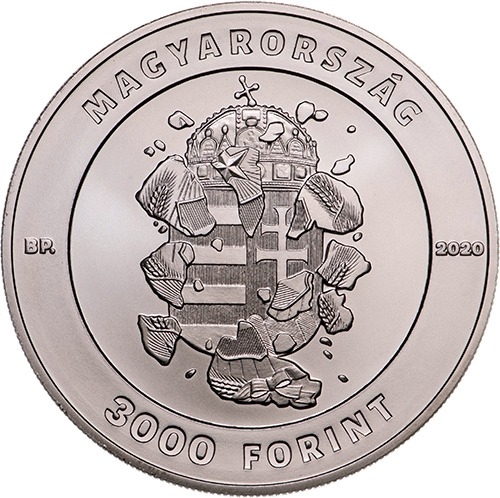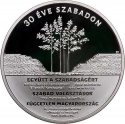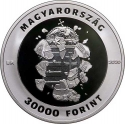You are about to finish your registration. Please check your mailbox (including spam folder). There should be a letter with a confirmation link. Check setting to make sure that your e-mail address is correct.
Send letter againDescription
The regime change in Hungary refers to the country's transition from a one-party socialist state to a democratic, pluralistic republic. This shift, centered around 1989, saw significant events like the proclamation of the Hungarian Republic, the reburial of Imre Nagy, and the death of János Kádár. The process began earlier, with Kádár being replaced by Károly Grósz as General Secretary of the Hungarian Socialist Workers' Party (MSZMP) in May 1988. Miklós Németh became Prime Minister in November 1988, pushing for a peaceful transition and legislative changes.
The first free elections in spring 1990 were won by the Hungarian Democratic Forum (MDF), leading to a center-right coalition government under József Antall. Árpád Göncz became President of the Republic, and László Sólyom was elected President of the Constitutional Court. The Antall government aimed to dismantle the Council for Mutual Economic Assistance (Comecon) and the Warsaw Pact, with the military organization of the Warsaw Pact losing its validity on March 31, 1991, and the Pact itself dissolving on July 1, 1991, ending the socialist one-party system.
Engraver: Balázs Bitó
Obverse

|
Depicts four young trees knocking down a brick wall. In nine rows below the depiction of the brick wall, arranged in the center, displaying the most significant milestones and events of the 1989-90 regime change, along with their dates: "TOGETHER FOR FREEDOM," "Joint opposition demonstration, March 15, 1989," "Opposition Roundtable, March 22, 1989," "FREE ELECTIONS," "March 25 and April 8, 1990," "INDEPENDENT HUNGARY," "The last Soviet soldier," "leaves the country," and "June 19, 1991." Around the edge, in the upper semicircle, the inscription "30 YEARS OF FREEDOM" is visible, and on the right side, above the depiction of the brick wall, the engraver's privy mark is placed. 30 ÉVE SZABADON |
|---|---|
Reverse

|
Depicts the new coat of arms shattering the old Hungarian coat of arms (Kádár coat of arms) prior to July 11, 1990. The depiction is based on the central motif of a 1989 election poster designed by István Orosz, a graphic artist. Around the edge, in a circular inscription, the word "HUNGARY" is at the top, while the denomination and the inscription "FORINT" are at the bottom. On the left side, the mint mark "BP." separates the two inscriptions, while on the right side, the issuance year "2020" is placed. MAGYARORSZÁG |
| Edge |
Characteristics
| Type | Commemorative Issue (Non-circulating) |
| Material | Copper Nickel |
| Weight | 100 g |
| Diameter | 59.75 mm |
| Thickness | - |
| Shape |
|
| Alignment | Medal |
| Mint |
Budapest Mint (BP)
|
Related coins
30th Anniversary of Hungarian Freedom



